In our journey to draw the picture of an Agile Maintenance team we had passed by many stations. We started from embracing Change to stake holder then communication followed by team and team management. Now we had reached into a station which seems conventional but needs elaboration to how we can link it into Agility. So it a common target to target excellence in our profession. Also, reliability in maintenance had always been in the focus of many maintenance teams which seek excellence. However how this makes Maintenance Agile? That’s what we are going to speak about today.
How are Excellence and Reliability linked to Agility?
Our first stop will be as usual at the Agile Manifesto. It says in one of its principles: “Continuous attention to technical excellence and good design enhances agility.”
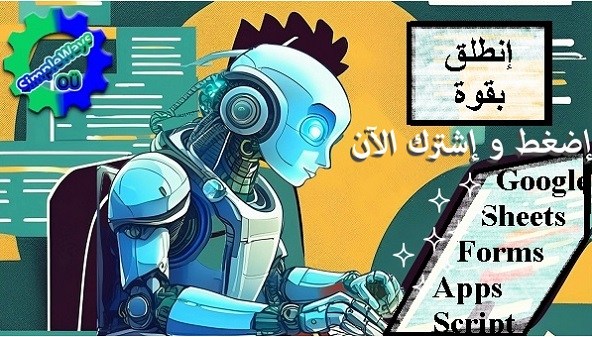
CUSTOMPRICE-TO2JAN26
let’s demystify it as usual by breaking it into elements and checking our perceptions for those elements. So this short statement includes Technical, Excellence, good and, design. We shall drive those definitions from Oxford Languages and, then we shall elaborate on them from the maintenance point of view.
Technical:
- Technical: relating to a particular subject, art, or craft, or its techniques. Like in “technical terms”. So when we seek excellence we need to go for it in a particular subject. In our case, it is maintenance. So. Technical Excellence in the maintenance context denotes Maintenance Excellence.
- There is a lot of technical stuff in maintenance. In order to make this request to excel maintenance more handy we need to break the maintenance process into its elements then we intend to excel each element. Maintenance process elements are explained in details in the “Maintenance Secrets training” in its English and Arabic versions linked below with the discount code.
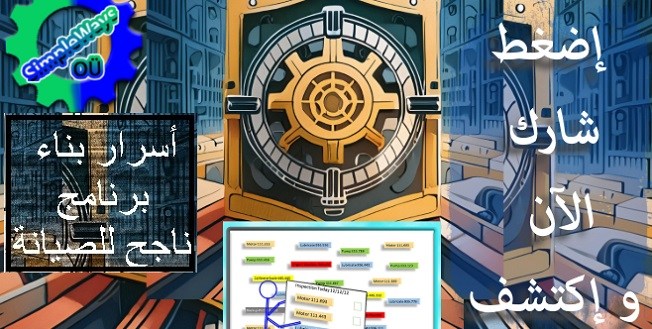
CUSTOMPRICE-TO2JAN26
Excellence:
- Excellence: the quality of being outstanding or extremely good. Like in “awards for excellence”. There are many motivators to be outstanding in our profession. Some of those motivators are monetary one. Others are related to self-esteem. While other times, we try to satisfy our egoic self by being better. We need continuous effort to reach excellence and more effort to stay there. The one-time mission that has a definite end line can easily grab our attention and effort. The continuity or in other words sustainability needs a continuous effort. Even if there is a system in place to ensure continuity, the imperfection of the systems we create tends to lose momentum with time unless there are some boosters in the way. You can find more insights here: 11 ideas to boost your team
- There is another side to excellence which is the quality. Quality simply means “fit for use or for its purpose”. Officially Quality means: “the standard of something as measured against other things of a similar kind; the degree of excellence of something.”. This adds a new dimension to excellence which is excellence means exceeding expectations. So we expect a certain result and we make some measures to ensure that we achieve this result. When we achieve a better result than expected without unnecessary gold-platting or over spending, that’s excellence.

CUSTOMPRICE-TO2JAN26
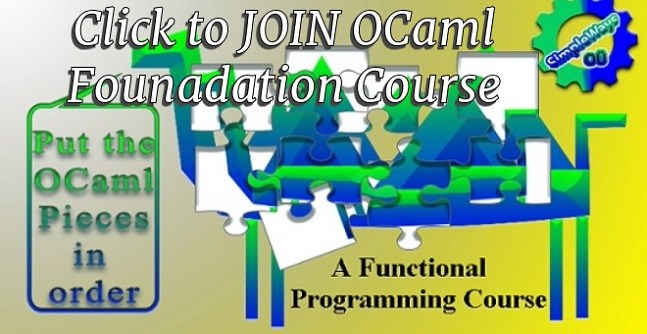
CUSTOMPRICE-TO2JAN26
- That’s why excelling maintenance needs a deep understanding and a keen monitoring of every maintenance task. This is crowned by analyzing what we are doing now then seeking to do it better. Better involves many valid aspects. We can see it better when it is done in less time, less frequent, with less cost or with less rework.
Good:
- Good: to be desired or approved of or having the required qualities; of a high standard. Like when we say “a good restaurant”
- There are two ways to perceive something as good. The first one is the individual or cumulative perception. The second one is the measured attributes.
- Communications create perceptions. Communications take multiple forms. The most influencing is the direct communication. However 70% of communicated messages are delivered through gestures not spoken words. However, being there at time of need and being willing to listen, understand and respond are crucial to draw a “Good” perception of maintenance. This good perception is entrenched through good deeds, Which are the excellent quality maintenance. This can’t be achieved without technical excellence that supports quick proper responsiveness to the tasks.

CUSTOMPRICE-TO2JAN26
- The other side of the “good” label is a measured one against specific criteria. It is like when a restaurant is perceived as good against a one awarded a Michelin star. To Achieve a Michelin star you need to be rated high in the Michelin Inspector’s 5 Restaurant Rating Criteria which are: Quality of products, Mastery of flavor and cooking techniques, The personality of the chef represented in the dining experience, Value for money and, Consistency between inspectors’ visits.
- In other words to be officially labelled “good” you need to provide a quality service, to master what you do, to have a personality that fits for your job, to provide a valuable service and finally, to be consistent over time in all of this.
Design
- Design is a plan or drawing produced to show the look and function or workings of a building, garment, or other object before making it.
- The Reliability Centered Maintenance -RCM- Analysis do the same with the maintenance tasks. Or, more specifically with the maintenance process. In RCM we analyze the failures or probable failures based on the experience of the team, the subject matter experts, the OEM -Original Equipment Manufacturer-. Then the result of this analysis are the maintenance tasks that we shall do and those that we won’t do because they are adding no value. The analysis results even encourage redesign for some of the equipment. Redesign here doesn’t mean building new equipment but means adding a sensor, adding an indication, using different lubricant, etc…

CUSTOMPRICE-TO2JAN26
- The target from RCM is to design a good maintenance process aka maintenance tasks that fulfills the expectations whether they are perceptions or a measured of performance.
In conclusion,
A maintenance process that encompasses technical excellence in all of its elements and is reliable will be responsive, flexible and adding a value to its customers and stakeholders. That’s an Agile process.
If you feel you need help with any of these ideas we discussed, request a Management Consultancy or Coaching Services From our Store

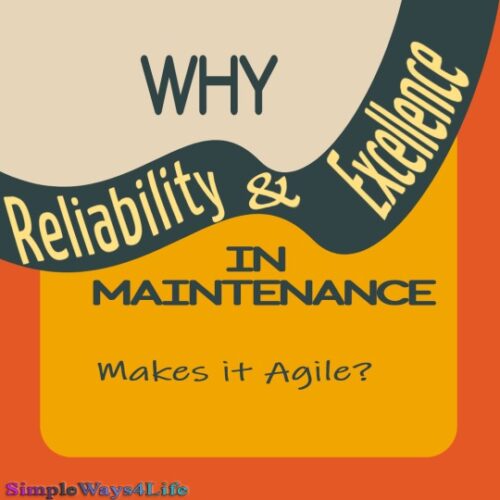

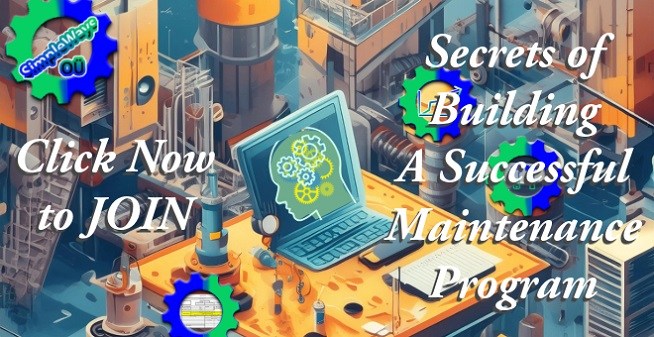

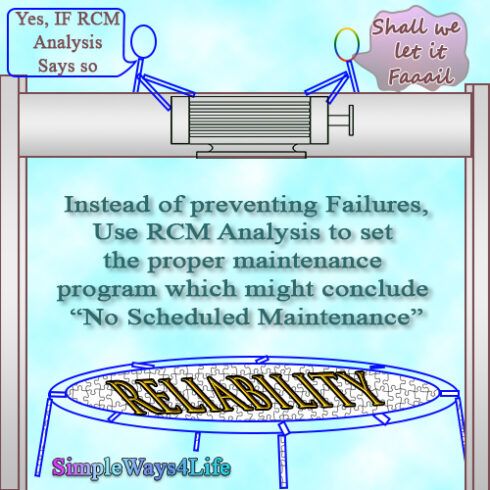
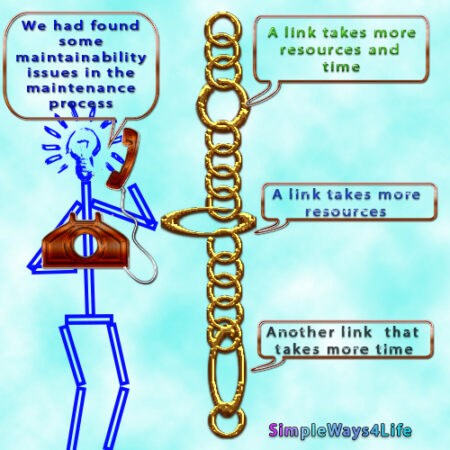
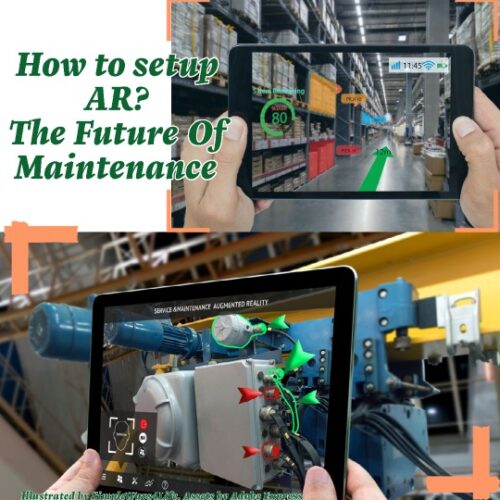
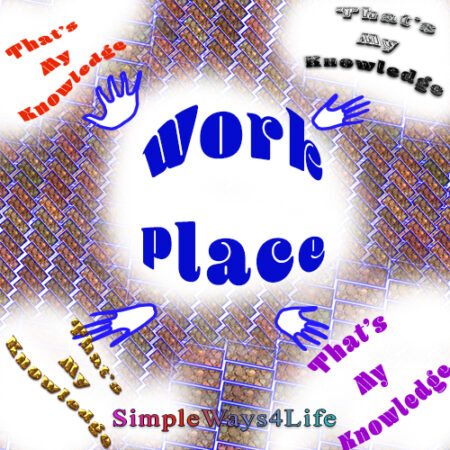
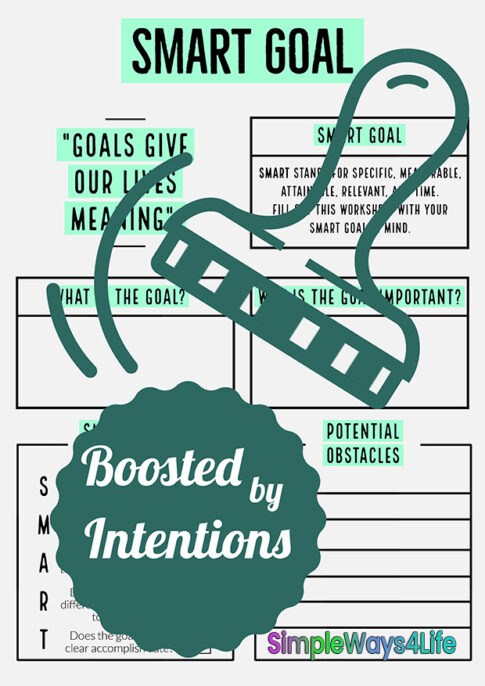
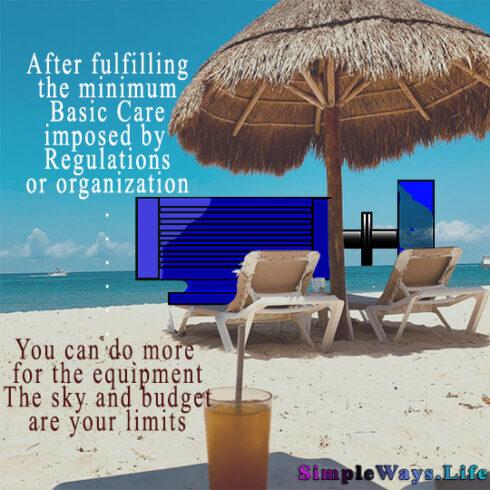
One Comment